Could Earth Have a Second Moon?
The discovery of celestial bodies near Earth often sparks excitement, curiosity, and sometimes even confusion about the possibility of a second moon. One such recent discovery, 2024 PT5, has reignited[…]
by Ankit Stargazing Expert
July 01, 2023
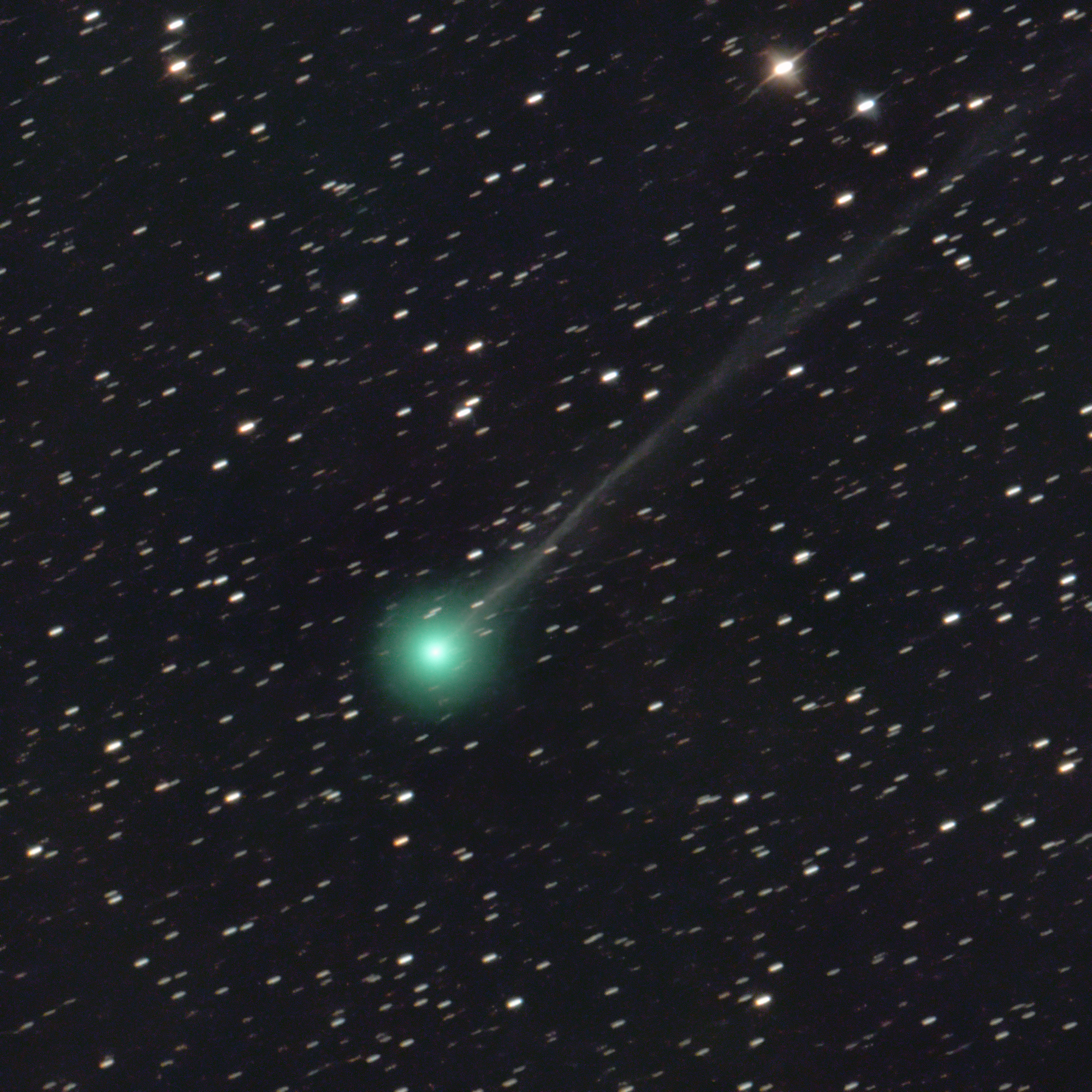
In the vast expanse of the cosmos, few phenomena capture the imagination quite like the appearance of a comet. And amidst the trending headlines of September 2023, one celestial visitor has managed to steal the spotlight with its ethereal presence – C/2023 P1 (Comet Nishimura visible in India). This cosmic wanderer, named after its discoverer, Hiroaki Nishimura, has graced the night sky with a mesmerizing display, captivating astronomers and skygazers worldwide.
Comet Nishimura’s journey through the solar system is a rare spectacle indeed, drawing attention from both seasoned astronomers and enthusiastic amateurs alike. As it approaches the sun on its elongated orbit, it sheds a luminous tail of dust and gas, creating a breathtaking sight against the backdrop of the night sky. Its appearance in September 2023 marks a momentous occasion for celestial observers, offering a unique opportunity to witness the beauty of our universe in action.
Throughout the month of September, Comet Nishimura has provided prime viewing conditions for sky gazers around the world. With its closest approach to Earth, the comet has become increasingly visible, particularly during the predawn and post-sunset hours. Astronomers have recommended venturing to dark, open spaces away from urban light pollution to fully appreciate the comet’s celestial glow.
The sight of Comet Nishimura streaking across the night sky has inspired awe and wonder in observers of all ages. Its luminous nucleus and graceful tail serve as a reminder of the majesty and beauty of the cosmos. Astrophotographers have seized the opportunity to capture stunning images of the comet, documenting its passage through the heavens for posterity.
The appearance of Comet Nishimura has sparked widespread excitement and engagement within the astronomy community. Enthusiasts have shared their observations and experiences on social media platforms, fostering a sense of camaraderie and collective wonder. Amateur astronomers have contributed valuable data to research efforts, enriching our understanding of cometary behavior and composition.

As Comet Nishimura continues its journey through the solar system, astronomers anticipate its gradual fade from view as it recedes into the depths of space. However, its brief visitation serves as a poignant reminder of the dynamic and ever-changing nature of our universe. While the comet’s appearance may be fleeting, its impact on those who have witnessed its celestial dance will endure for years to come.
Beyond its visual splendor, Comet Nishimura holds significant scientific value for astronomers. Its composition and behavior offer insights into the formation and evolution of our solar system. By studying comets like Nishimura, scientists can gain a better understanding of the early conditions that shaped the planets and other celestial bodies in our cosmic neighborhood.
In conclusion, Comet Nishimura (C/2023 P1) has illuminated the night sky with its radiant presence, captivating observers with its celestial beauty. As we bid farewell to this remarkable cosmic visitor, we are reminded of the profound wonders that await discovery in the boundless expanse of space. Let us continue to gaze skyward with wonder and curiosity, for the mysteries of the universe are endless and ever-inspiring.
Note: Celestial events are subject to the natural conditions of the night sky. Clear skies enhance visibility, so be sure to check weather conditions for an optimal viewing experience.
For more updates and live coverage, stay tuned with us as we bring you the latest from the cosmos.
Pack your bags, weather-appropriate gear, and a cosmic curiosity. Check the weather, study the sky, and strategize your marathon route. It’s a celestial adventure – be prepared!
Ready to join the cosmic fiesta, while Comet Nishimura is Visbile in India? Head to Astroport locations – Astroport Sariska, Rajasthan Astroport Dwarasamudra, Karnataka, Astroport Ajmer, Rajasthan, Astroport Ashtamudi, Kerala, & Astroport Corbett, Uttarakhand for enjoying the spectacular view of the Comet Nishimura! Save the dates, gather your cosmic crew, and get ready to be awestruck by the celestial wonders.
To know more, chat with us on WhatsApp or Call us – +91-9278767700 [9-ASTRO-7700]
Stay tuned for more celestial updates and astronomical wonders as we continue to explore the vast expanse of space and unravel the mysteries of the cosmos.
1. What is Comet Nishimura (C/2023 P1)?
2. When was Comet Nishimura discovered?
3. How often does Comet Nishimura pass by Earth?
4. How can I view Comet Nishimura?
5. What is the significance of Comet Nishimura to astronomers?
6. Will Comet Nishimura pose any threat to Earth?
7. Can I take photographs of Comet Nishimura?
8. How long will Comet Nishimura remain visible?
9. What can we learn from studying Comet Nishimura?
Remember to check back frequently for updates and new information about Comet Nishimura (C/2023 P1)!
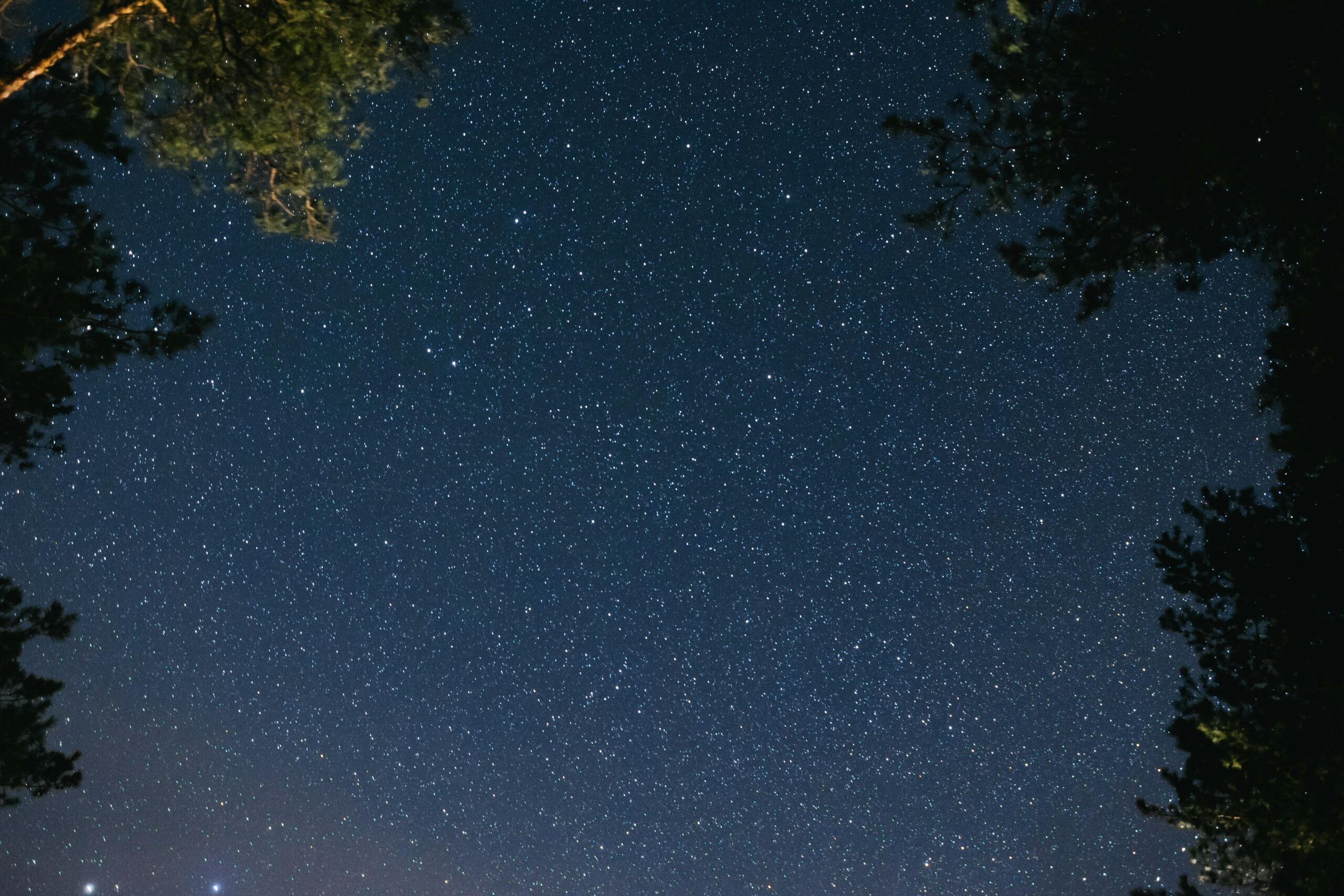
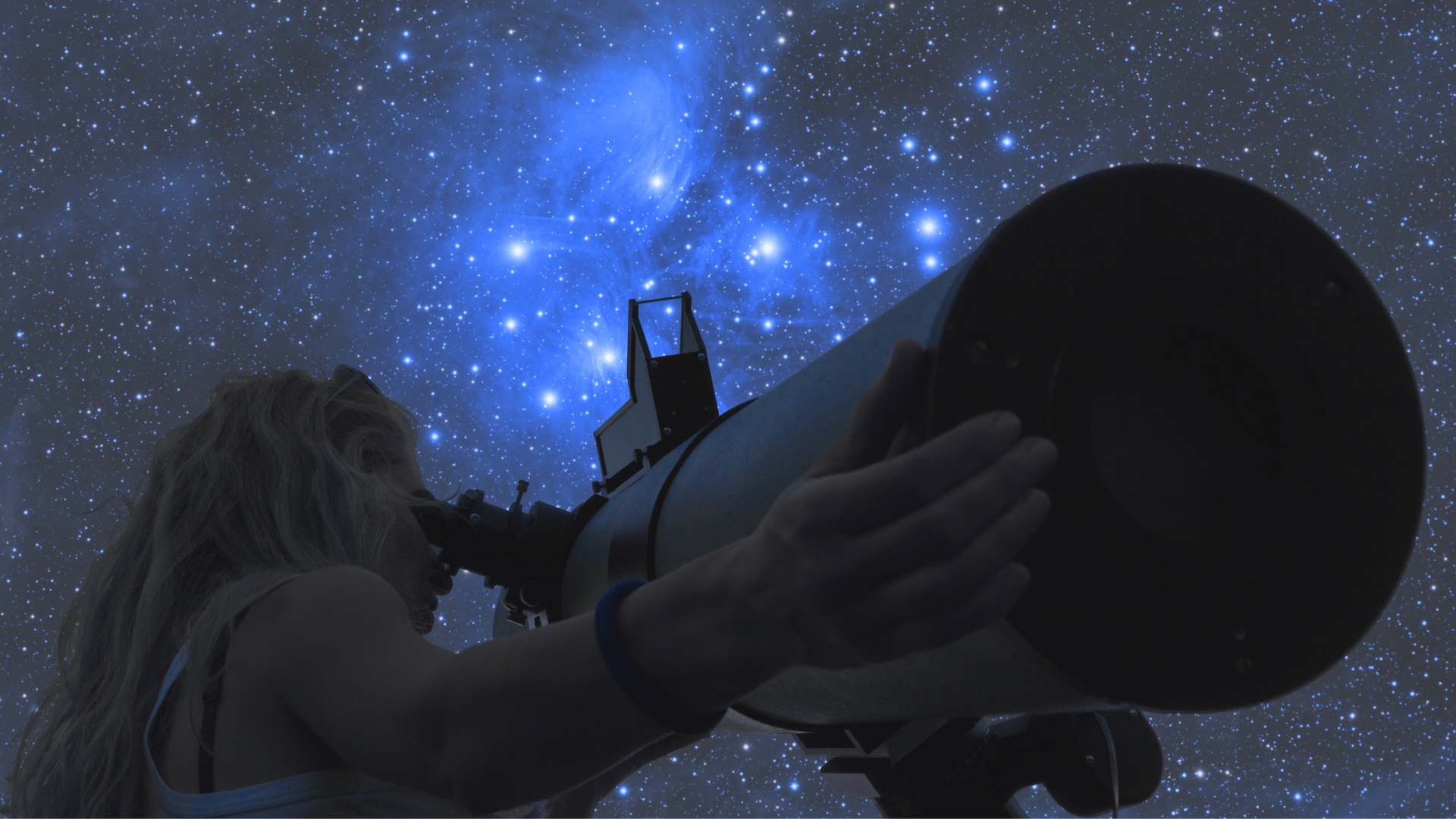
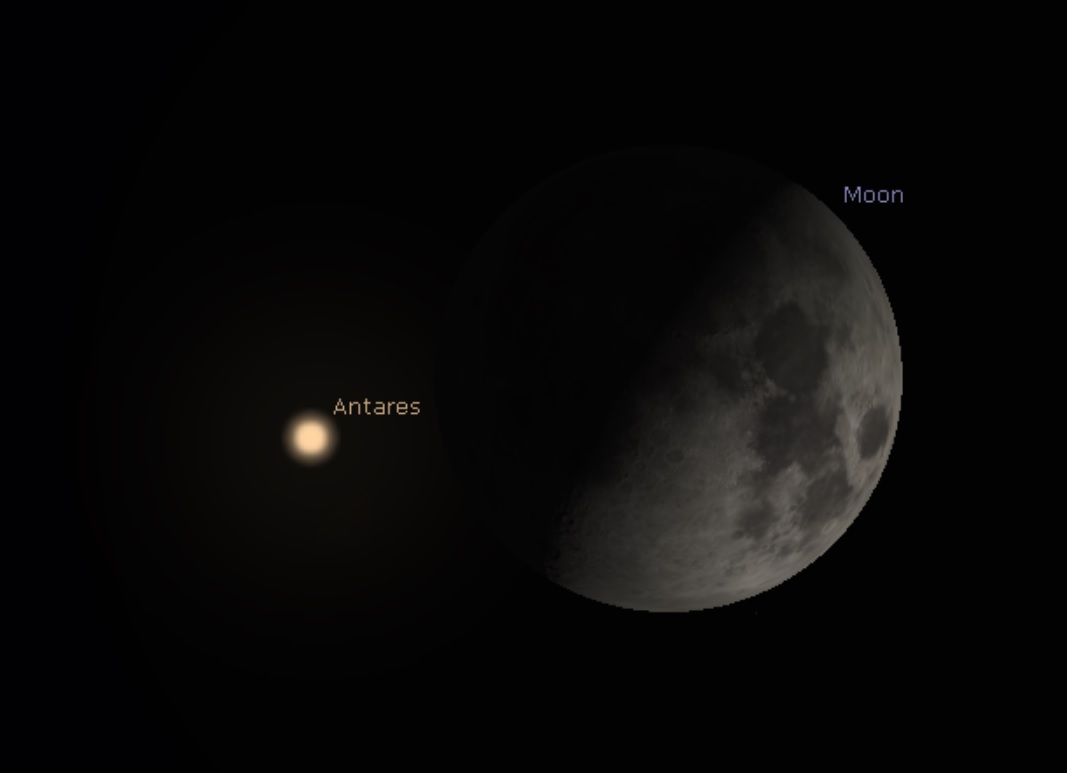

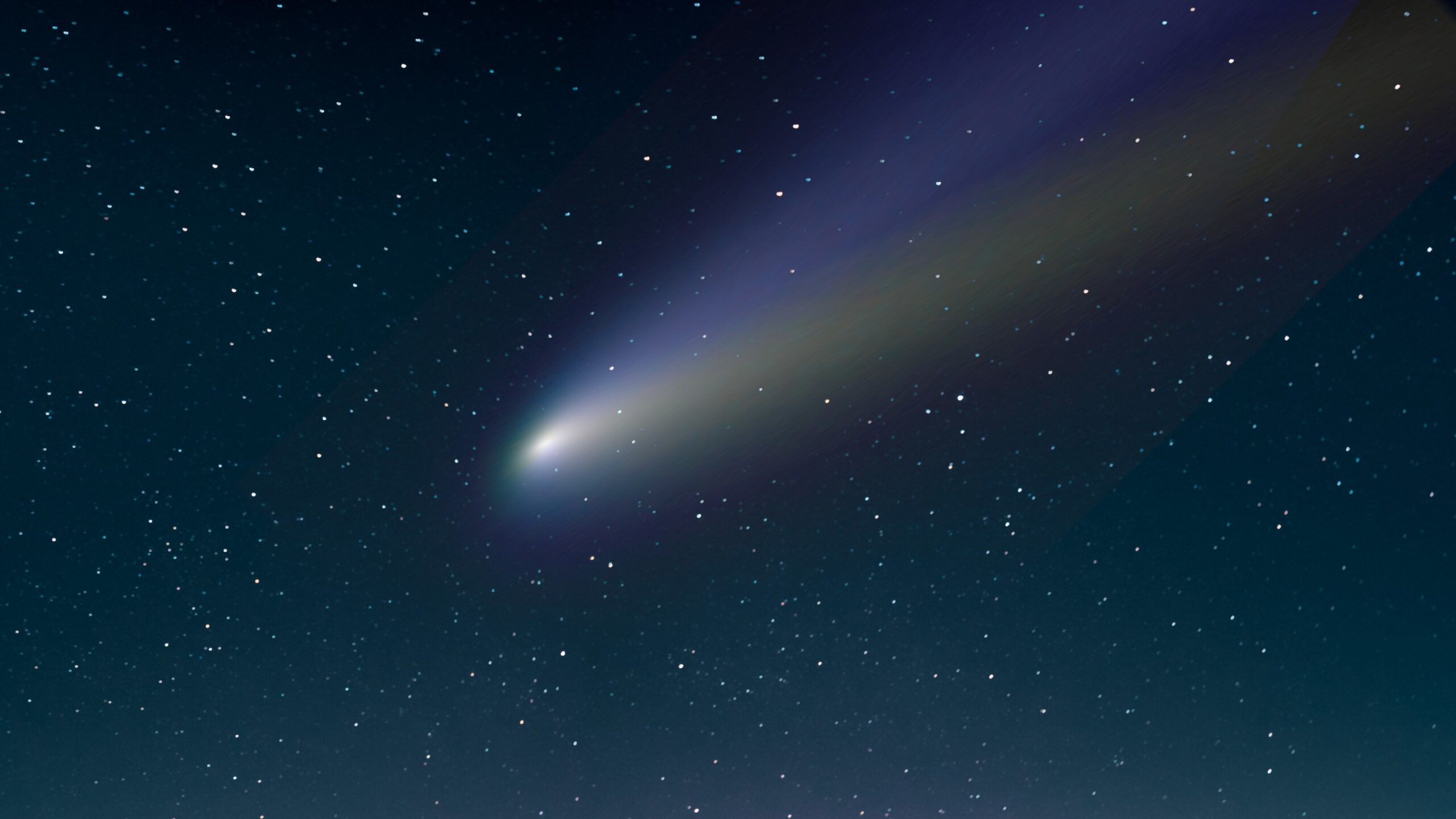
The discovery of celestial bodies near Earth often sparks excitement, curiosity, and sometimes even confusion about the possibility of a second moon. One such recent discovery, 2024 PT5, has reignited[…]
Introduction Comets have long captivated our imaginations, and this October, skywatchers are in for a treat with the appearance of C/2023 A3 (Tsuchinshan-ATLAS). This remarkable icy visitor from the outer[…]
To: The Universal Galactic Council From: Planet Earth, Number third from the Sun [caption id="attachment_3885" align="alignnone" width="300"] Credit- istock[/caption] Dear Esteemed Members of the Council, I hope this letter finds[…]
The Milky Way galaxy is a vast stellar system that contains our solar system, along with billions of other stars, planets, nebulae, and other celestial objects. It's a barred spiral[…]
Get exclusive access to freebies and news. We don’t spam, rent or sell your email. See our Privacy Policy.